If you own a television, you’ve seen them. They’re usually moving in slow motion, with white-feathered legs traveling back and forth in perfect unison. They might be galloping across wide-open plains or through deep snow. Their beauty and majesty is overwhelming—so much so that even though it’s a commercial, you stop and pay attention. The magnificent equine on your screen is none other than the most famous draft horse in the world: the Clydesdale.
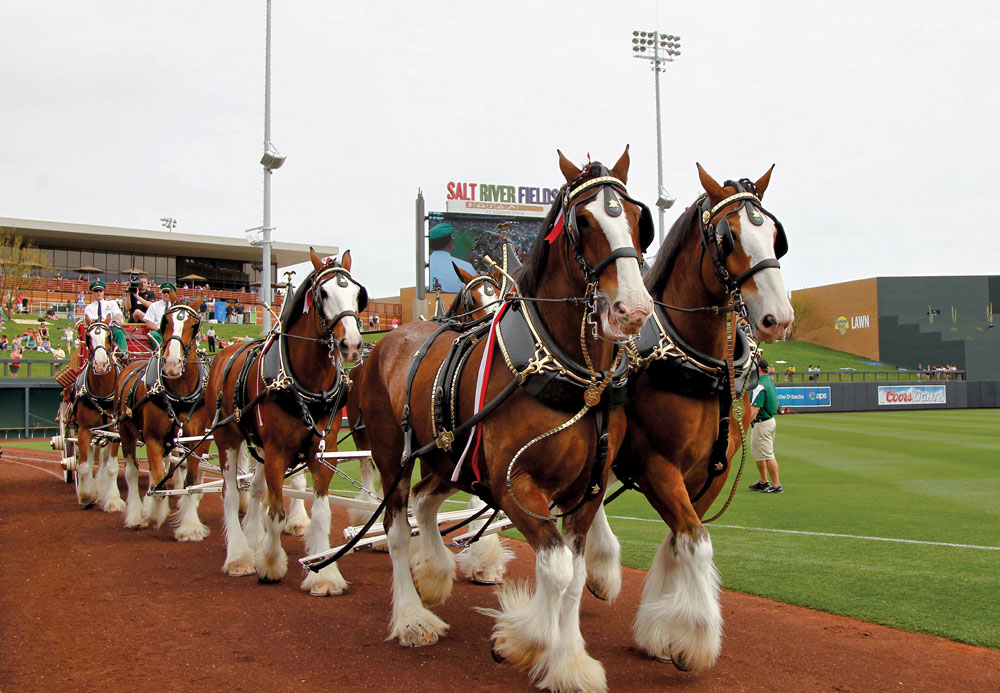
Descended from the warhorses of the Middle Ages, the Clydesdale had been given the task of working the fields of Scottish farms.
These early Clydesdales were present throughout Scotland’s tumultuous history, dutifully plowing the land while wars for the country’s independence were fought all around it.
It wasn’t until the 18th century that the Clydesdale began to look just as it does today. The breed’s official debut under the name “Clydesdale” (which is the former name of modern-day Lanarkshire, where the breed was developed) was in 1826 at the Glasgow Exhibition.
In 1877, the Clydesdale Horse Society was founded in Great Britain. Just two years later, American farmers in the Midwest who were using the breed to plow and haul heavy loads joined together to form the American Clydesdale Association. The name was later changed to the Clydesdale Breeders of the USA, and now includes members in both the U.S. and Canada.
While not as popular as the Belgian and Percheron, the Clydesdale was in some demand in America during the late 1800s. It was not until the arrival of mechanized machinery that the Clydesdale’s popularity—along with that of the other draft breeds—begin to slip. Powerful workhorses were replaced on farms by motorized tractors, which did not have the same maintenance requirements as the big horse, and could do a lot more work in less time.
As the need for Clydesdales lessened, the breed’s numbers began to dwindle. A handful of breeders dedicated to the breed hung on, however, and continued to keep the Clydesdale alive as a show and exhibition horse. This is a job that the Clydesdale continues to excel at today.
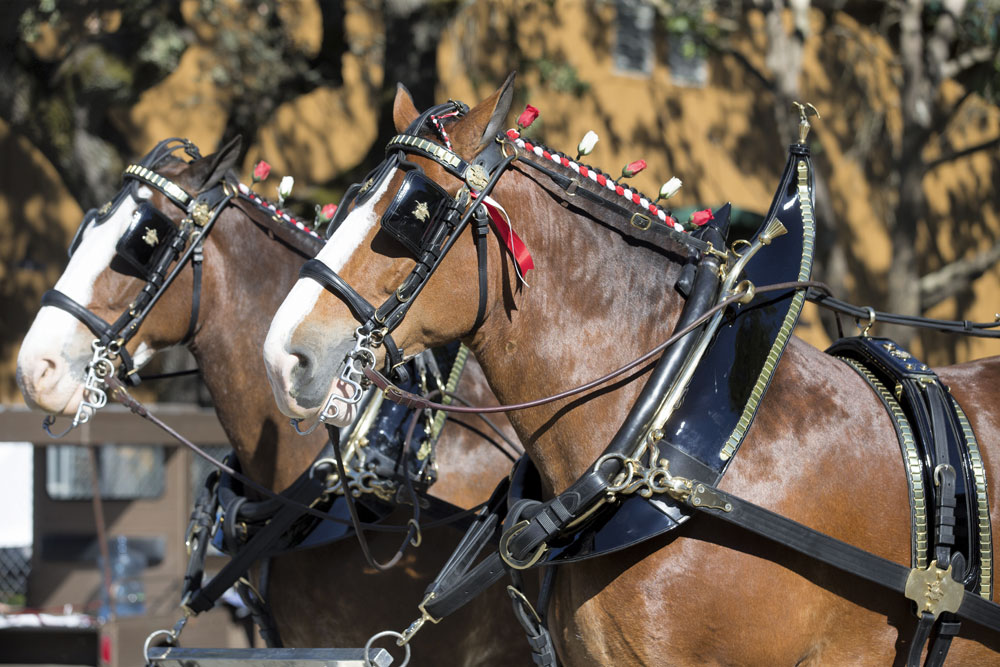
Today’s Workhorse
While the Clydesdale’s original job of hauling coal and plowing fields has ended for the most part, Clydesdales still have an important place in the horse world. People dedicated to the breed love to show off the beauty and strength of these horses at Clydesdale shows.
The most popular competitive events for Clydesdales involve hitches, where teams of anywhere from one to six horses are harnessed to demonstrate their abilities. There are numerous classes in this category, including single cart, tandem, team hitch, and a hitch called a “unicorn,” which is a team of three horses: one in front and two in back.
Halter classes are also a big part of Clydesdale shows. The size, substance and quality of each Clydesdale is evaluated by a judge in the halter ring. Clydesdales can be ridden, too, and there are classes that demonstrate the breed’s talents under saddle, from dressage to trail obstacles.
While the show ring is the most popular place to see a Clydesdale, there are still a number of them doing traditional draft work to earn their keep. Although the Belgian is the favored workhorse among the Amish, some families still use Clydesdales to work their fields.
A lot has changed for the breed since the early part of the century. After almost disappearing when tractors took over on American farms, the breed’s numbers have grown steadily. Six hundred new Clydesdales are registered each year with the Clydesdale Breeders of the USA. While the breed’s growth has been slow, it is constant as more people discover the charms of this very special breed.
This article originally appeared in the November 2018 issue of Horse Illustrated magazine. Click here to subscribe!

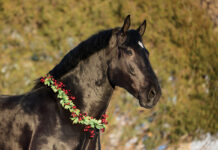

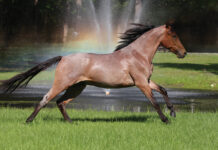
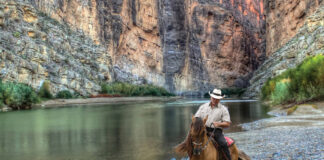

Have you ever done an article on the Nokota breed, offical horse of the state of North Dakota? Would be great if you could. Thanks. Love your magazine. M. Jones